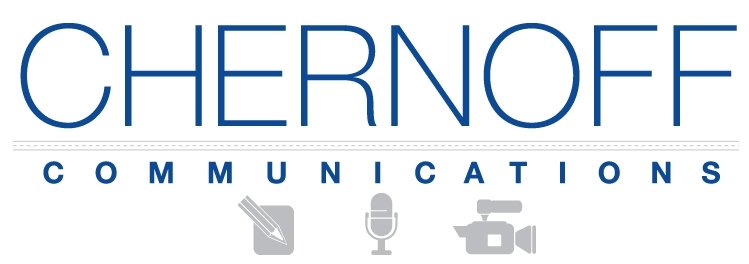It’s good practice to craft snappy sound bites in the course of a media training messaging session. But overreliance on sound bites can be counterproductive and even catastrophic. During my decades of interviewing corporate leaders I witnessed such media training failures time and again.
It was painfully clear which interview subjects had been given the common media training advice to “speak in sound bites.” Taken literally—which is what some executives are coached to do—the advice can alienate journalists.
Two types of executives typically fall into the trap of speaking almost exclusively in sound bites: those who want to control the journalist’s reporting process and those who are fearful of being misquoted. The “controller” is intent on ensuring his sound bites, and only his sound bites, be included in the journalist’s story, so that’s all he utters and nothing more. Rather than answering the reporter’s questions this executive simply keep repeating the same eight second sound bites. Similarly, the executive who mistrusts reporters tries to keep his answers to the bare essentials—a short sound bite when he can remember one, and a simple “yes” or “no” response whenever he feels he can get away with just that.
Consider now, how this plays with print and online reporters, TV and radio field reporters, and TV news anchors.
At a minimum, this is a disingenuous approach to being interviewed. It’s highly frustrating for reporters who are in the business of gathering important information, often on a tight deadline. While companies are not obligated to share all they know, reporters do deserve as full an answer as possible to their legitimate questions. They don’t get a wealth of information from a handful of eight second sound bites. Such constant brevity tells the reporter that the interview subject does not trust him; is trying to outsmart him at his own game; and is withholding information. If anything, this will make the reporter more aggressive in his questioning, less inclined to include much of anything from the interview subject, and resolute to not call for another interview in the future, unless he is working on a negative story involving the company.
For the broadcast field reporter, the interview subject speaking only in sound bites can seem prepackaged, almost an automaton reciting prerecorded messages. All of this can cause tension with the reporter, making him skeptical of the answers he is being given, as he digs for more. Unless the sound bites directly answer his questions, the reporter is likely to place the interview subject in a less-than-flattering light in his final story.
During a live TV interview the “sound bite only” strategy can lead to deeply embarrassing results. The anchor is seeking a conversation and the guest is merely spitting out a short sentence. This will lead the anchor to repeat his question in order to get a more complete answer. When the guest responds with another clipped sound bite, the anchor may volley back with yet another version of the question. This back-and-forth interaction makes it clear to the audience that the guest is hiding information, as he digs a deeper and deeper hole for himself on live television.
To be sure, there is nothing wrong with media trainers trying to get their clients to speak concisely, in quotable phrases that easily fit within a reporter’s tight time frame or word limit. That’s all commendable. Interview subjects do need to get right to the point and should aim to use artful language that makes for good quotes.
But do not make a habit of speaking purely in sound bites. Most often, these verbal snippets are best delivered within the context of a direct answer to a reporter’s question.
Remember, the best interviews for communicating your messages, as well as building rapport with journalists, are genuine conversations.
